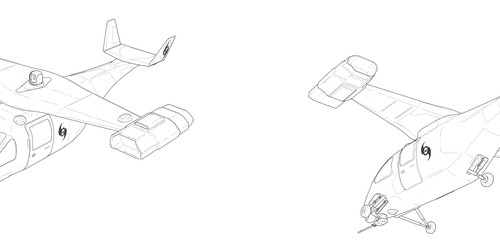Sign In
CloseTolesian Special Project ONT-1S1 is part of the recently budding Tolesian robotics program legitimized by the "Computer Research Act of 52↋" designed to develop advanced androids and simulacrum of Tolesian physiology. The fruit of this labor was an advanced android that could be controlled by remote control by specially implanted Tolesians or advanced novel entities that were formerly Tolesians. These are planned to be used in highly hazardous environments or planets to minimize the risk of injury to personnel. There is no plan for local intelligence, though the android could, in theory, be modified to accept an artificialized Tolesian brain.
The construction of this android is a simulacrum of Tolesian physiology. The skeleton is an Inconel-like material, forged and machined into a robust and corrosion-resistant skeleton that is tough. Surrounding it are various "organs" needed to ensure the operation of the android. The primary power source for the android is a small solid oxide fuel cell allowing replenishment on the go, but batteries are present as a reserve if fuel supplies are exhausted.
Locomotion is provided by artificial musculature based on carbon nanotubes. These offer many times the strength of even the most recently engineered Tolesian organic muscle. Servos also assist movement if the muscle is damaged or failed. The skin is an aramid reinforced barrier surrounding vital areas of the android. Plating, where visible, is ceramoresin construction found on Tolesian spaceships and armored vehicles. These androids can wear all armor and uniforms available to Commonwealth Marines for extra protection or when the situation calls.
Vision is provided by 4x Omnisight 180-degree cameras that offer a full spectral range from high infrared to low UV light. The 180-degree view allows the android to see practically all angles. Touch is provided through embedded sensors in the skin that offer texture sensation and temperature. Other sensors include olfactory spectrography, though it's been described as less smell and more "sensation of awareness like our antenna," as explained by an interface engineer.
Plans for these androids have been given to SvarOS for evaluation and to make modifications as he deems fit. Currently, these are tied into the ship's network and, through custom software, have achieved the goal of automating the ship's maintenance and repair systems. However, an organic biodrone is maintained by SvarOS to interact with his species without generating too much angst and to test the biocompatibility of certain foods, substances, and situations on organic physiology.
----
Drawn by the amazing dragonnetstorm. Thanks!
Submission Information
- Views:
- 70
- Comments:
- 0
- Favorites:
- 1
- Rating:
- General
- Category:
- Visual / Digital




